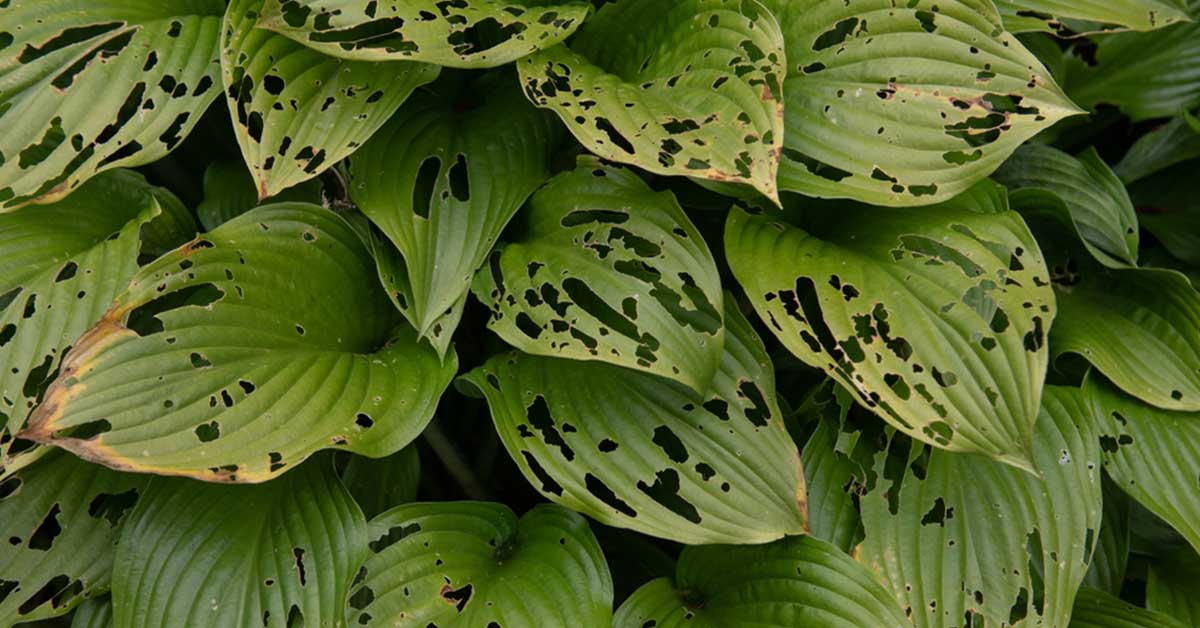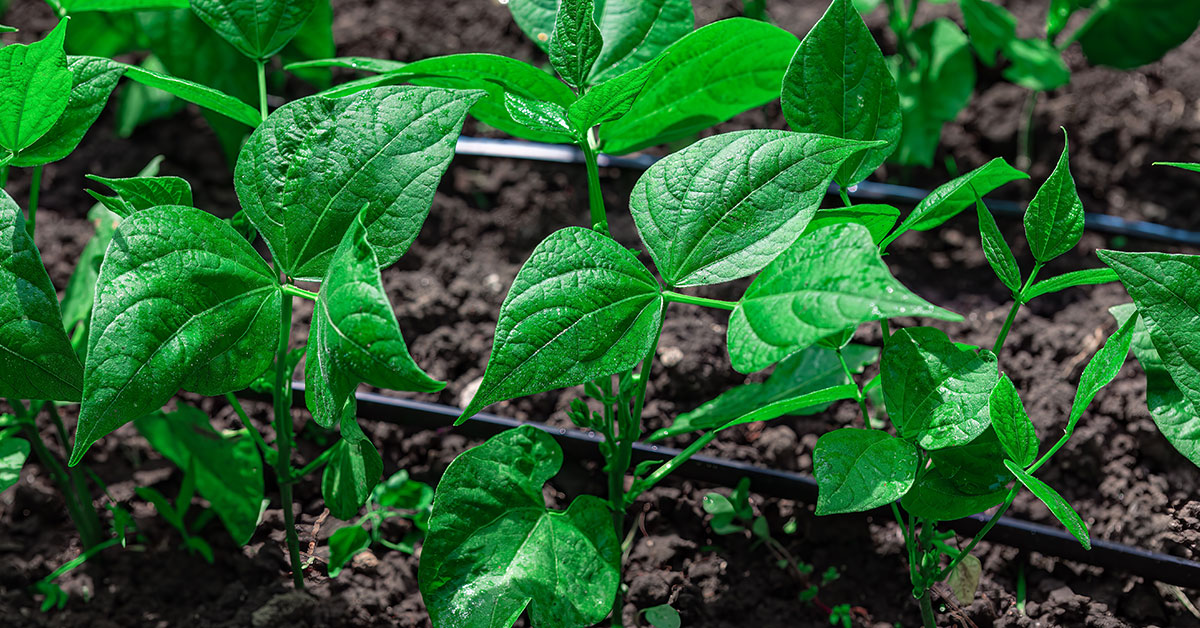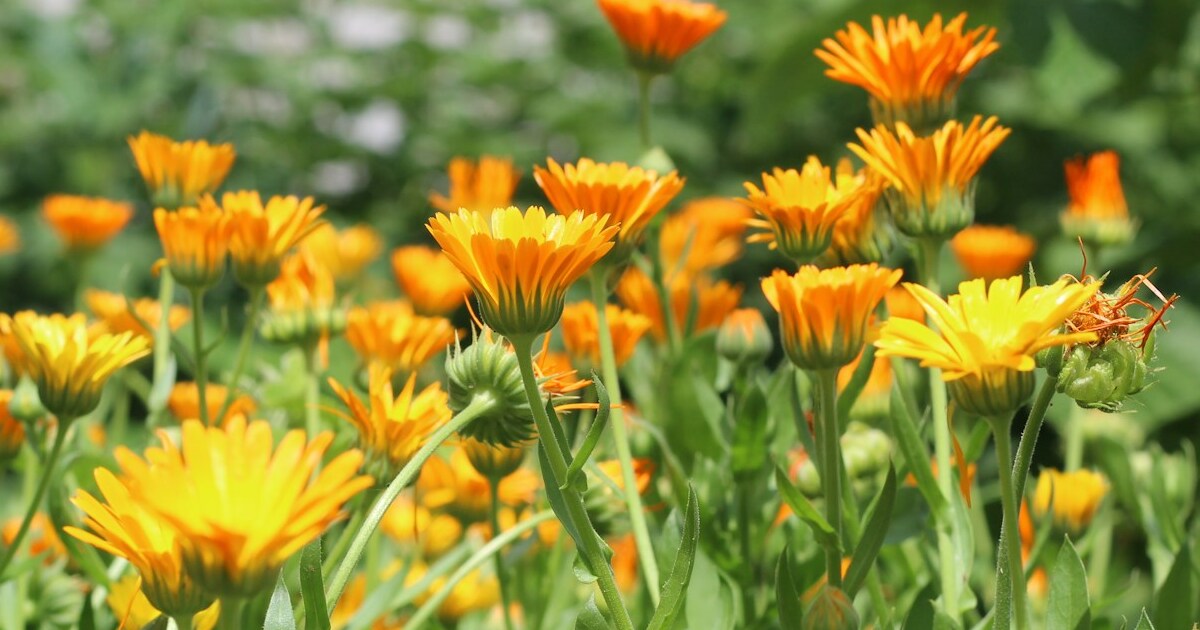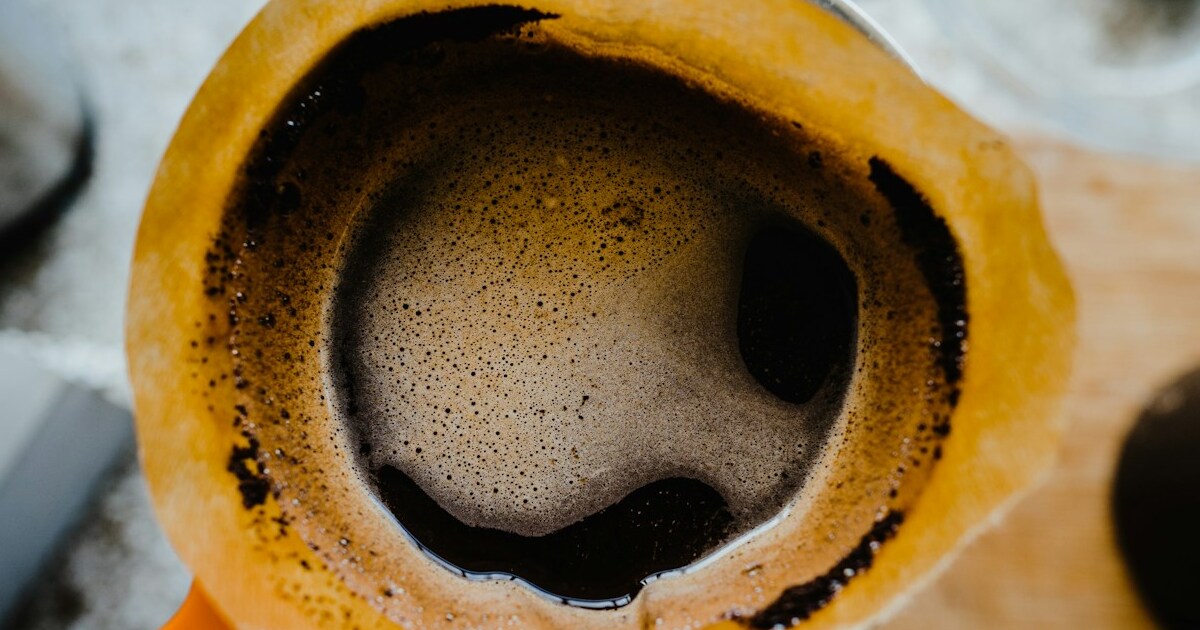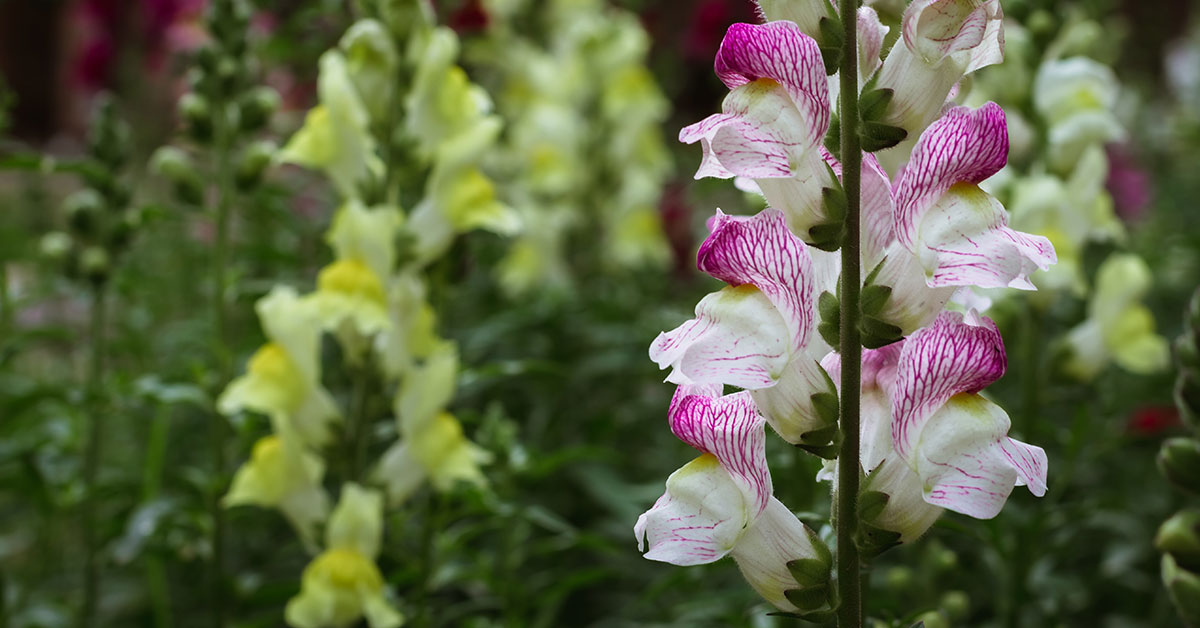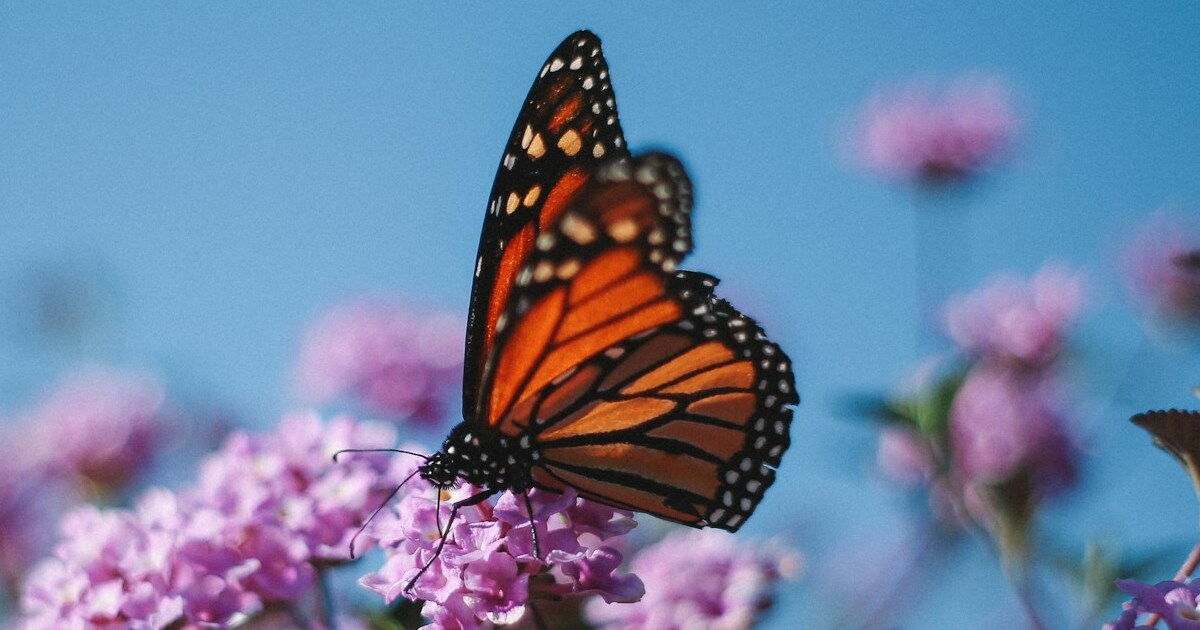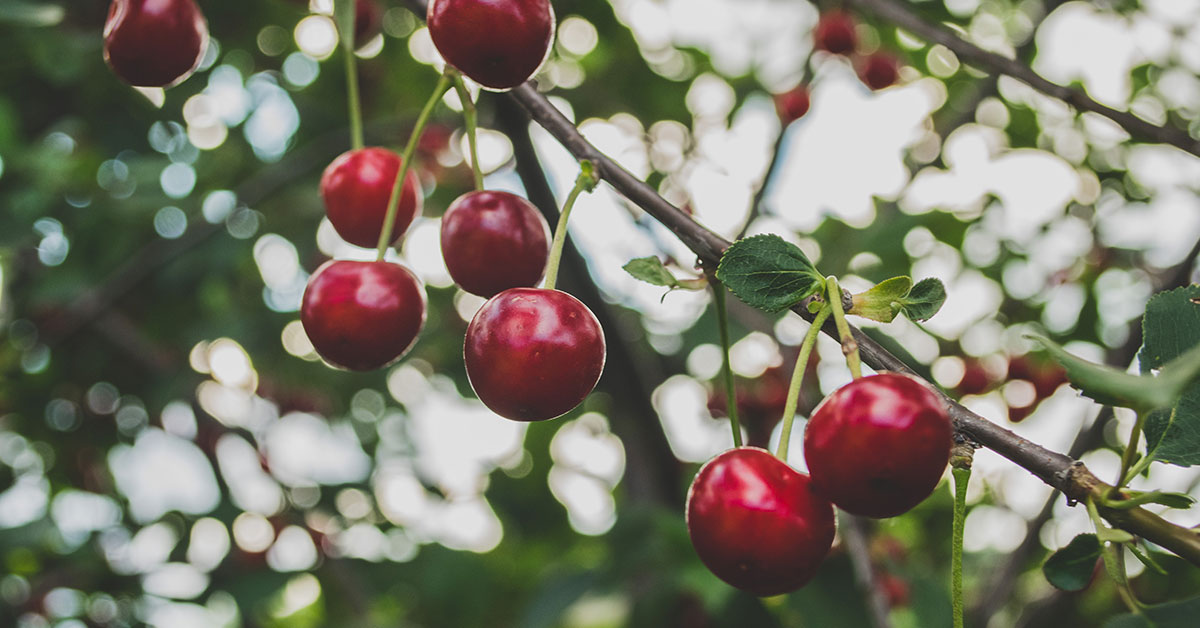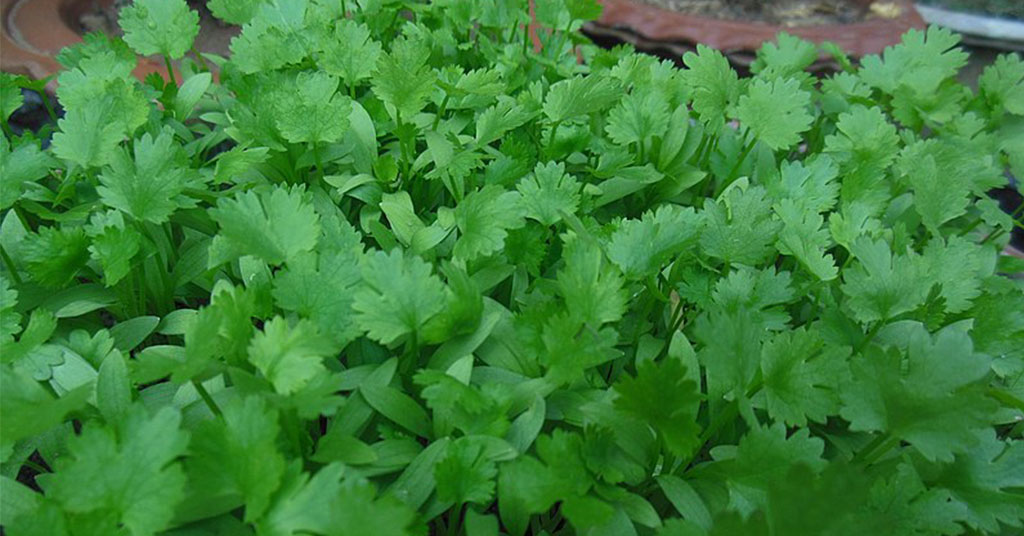The north-facing side of my house is shrouded in shade for most of the day, so what do I plant? Hostas. But for years, my hostas would be covered in holes, especially as the summer wore on. It drove me nuts seeing those large, thick, deep green leaves covered in holes like that. Through research and trial and error, I’ve been able to stop the majority of leaf damage to my hostas by identifying exactly who is behind leaving holes in hosta leaves.
The bad news is: it can have a number of causes that aren’t always very easy to establish. The good news is: they all have a solution. In this article, I’ll be going over what causes holes in hosta leaves and what we can do about it.
Holes in hosta leaves
Holes in hosta leaves aren’t generally the end of the world for your hostas, as long as the holes are limited in size and scope. Hostas that experience excessive damage in the form of holey leaves may experience stunted growth, reduced flowering, and may just be an eye sore in general. Even if it’s only a couple of holes, it’s best to address exactly why it’s happening. What is limited damage now may not be limited as the summer wears on.
Pests are the most common cause of holes in hosta leaves
When it comes to what exactly is putting holes in hosta leaves in your garden, the culprit is generally one (or more) of 4 different pests. Fortunately, each pest is easily recognized and eliminated. These are the 4 to watch out for.
Slugs and snails
In my case, the most common culprit of holes in hosta leaves were slugs and to a much lesser extent, snails. At night, the slugs would come out of their hiding spots and have a field day eating my hostas. Personally, I don’t have any need for store-bought slug control: I have ducks and beer. Setting up beer traps is pretty effective at controlling slugs. I also scan my garden a few nights a week and pick out any slugs I find to give to my ducks. My slug control work begins early in the spring. I try to get out ahead of the problem before it gets worse.
If slugs and snails are the cause of holes in your hosta leaves, you can use methods like mine. There are a number of organic slug and snail-killing products out there as well if you’re looking for more of a hands-off approach to dealing with holes in hosta leaves caused by snails and slugs.
Grasshoppers
Grasshoppers are another insect pest that attacks hosta leaves. They love to make a meal of this plant’s sturdy leaves. If grasshoppers are the cause of damage to your hostas, you have a couple of control methods at your disposal. You can pick them off by hand and kill them – this is the least expensive method. You can use carbaryl in a powdered form to stop grasshoppers as well. One final, and kind of vicious way of controlling grasshoppers is with Nosema locuste, which is a naturally-occurring protozoan that infects grasshoppers.
Nosema locustae can be mixed in with plain wheat bran, which is a favorite food of grasshoppers. The grasshoppers will become infected. Younger grasshoppers will die from the infection. Some older grasshoppers won’t, but they will carry the protozoa for the duration of their lives and spread it to other, younger grasshoppers. This helps gardeners control their numbers.
Vine weevils

Vine weevils are another cause for holey hosta leaves. These insects tend to be fairly small and black and also love eating grapes, hemlock, yew, rhododendrons, azalea, and other plants. Controlling vine weevils should start at the beginning of the year. Scouring your plants for weevils and picking them off by hand is the best way to control their numbers.
Another option, similar to what we recommended with grasshoppers, is using a naturally-occurring organism to destroy this unwanted pest. Heterorhabditis spp are a type of nematode that kill vine weevils. Most gardening stores will have Heterorhabditis spp for sale that you can apply to your hostas.


